

The Panthéon
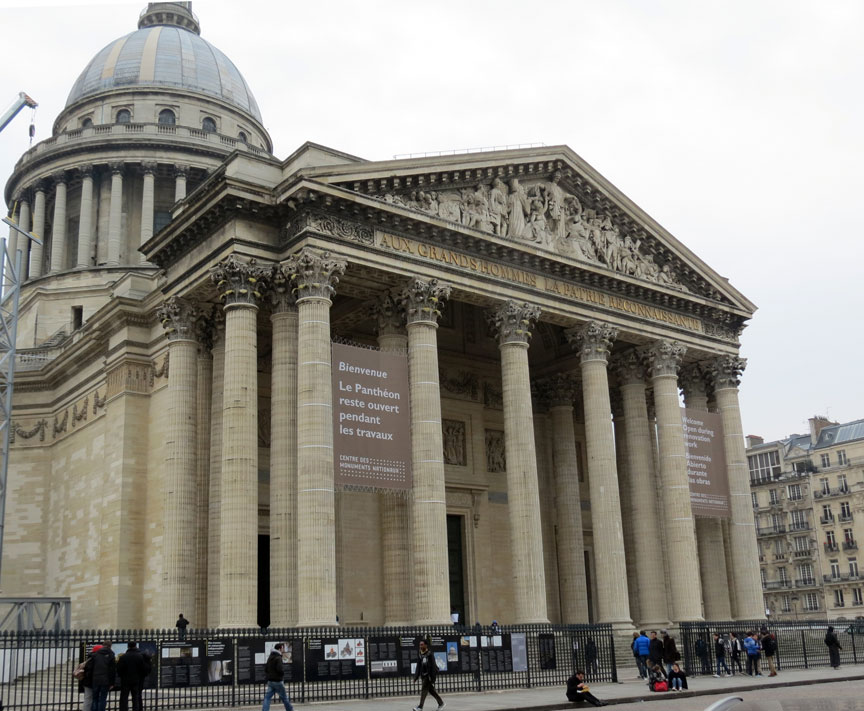
The Panthéon

The Panthéon is a building in the Latin Quarter in Paris. It was originally built as a church dedicated to St. Genevieve and to house the reliquary châsse containing her relics but, after many changes, now functions as a secular mausoleum containing the remains of distinguished French citizens. It is an early example of neoclassicism, with a façade modeled on the Pantheon in Rome, surmounted by a dome that owes some of its character to Bramante's "Tempietto". Located in the 5th arrondissement on the Montagne Sainte-Geneviève, the Panthéon looks out over all of Paris. Designer Jacques-Germain Soufflot had the intention of combining the lightness and brightness of the gothic cathedral with classical principles, but its role as a mausoleum required the great Gothic windows to be blocked.

King Louis XV vowed in 1744 that if he recovered from his illness he would
replace the ruined church of the Abbey of St Genevieve with an edifice worthy of
the patron saint of Paris. He did recover, and entrusted Abel-François Poisson,
marquis de Marigny with the fulfillment of his vow. In 1755, Marigny
commissioned Jacques-Germain Soufflot to design the church, with construction
beginning two years later.


The overall design was that of a Greek cross with massive portico of Corinthian
columns. Its ambitious lines called for a vast building 110 meters long by 84
meters wide, and 83 meters high. No less vast was its crypt. Soufflot's
masterstroke is concealed from casual view: the triple dome, each shell fitted
within the others, permits a view through the oculus of the coffered inner dome
of the second dome, frescoed by Antoine Gros with The Apotheosis of Saint
Genevieve. The outermost dome is built of stone bound together with iron cramps
and covered with lead sheathing, rather than of carpentry construction, as was
the common French practice of the period. Concealed flying buttresses pass the
massive weight of the triple construction outwards to the portico columns.
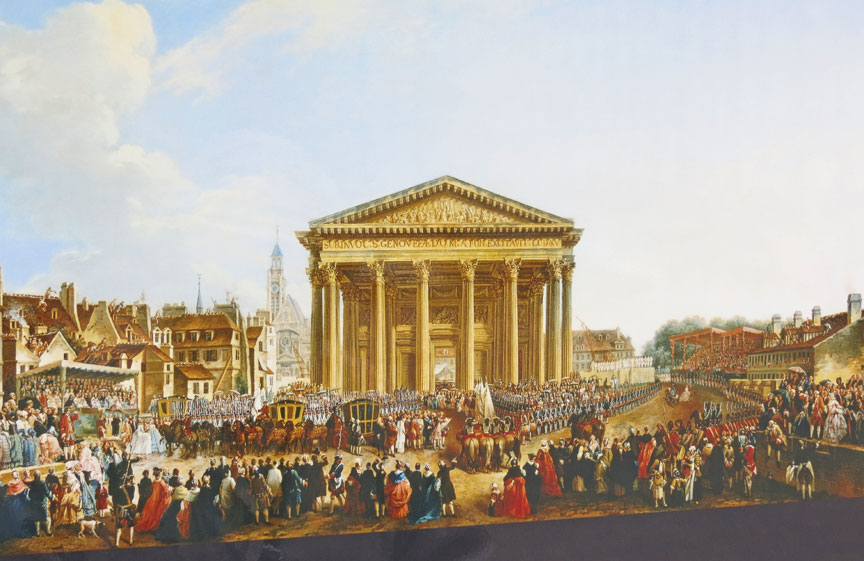
The foundations were laid in 1758, but due to the economic problems in France at
this time, work proceeded slowly. In 1780, Soufflot died and was replaced by his
student, Jean-Baptiste Rondelet. The remodeled Abbey of St. Genevieve was
finally completed in 1790, coinciding with the early stages of the French
Revolution. Upon the death of the popular French orator and statesman Honoré
Gabriel Riqueti, comte de Mirabeau on 2 April 1791, the National Constituent
Assembly, whose president had been Mirabeau, ordered that the building be
changed from a church to a mausoleum for the interment of great Frenchmen,
retaining Quatremère de Quincy to oversee the project. Mirabeau was the first
person interred there, on 4 April 1791. Jean Guillaume Moitte created a pediment
sculptural group The Fatherland crowning the heroic and civic virtues that was
replaced upon the Bourbon Restoration with one by David d'Angers.
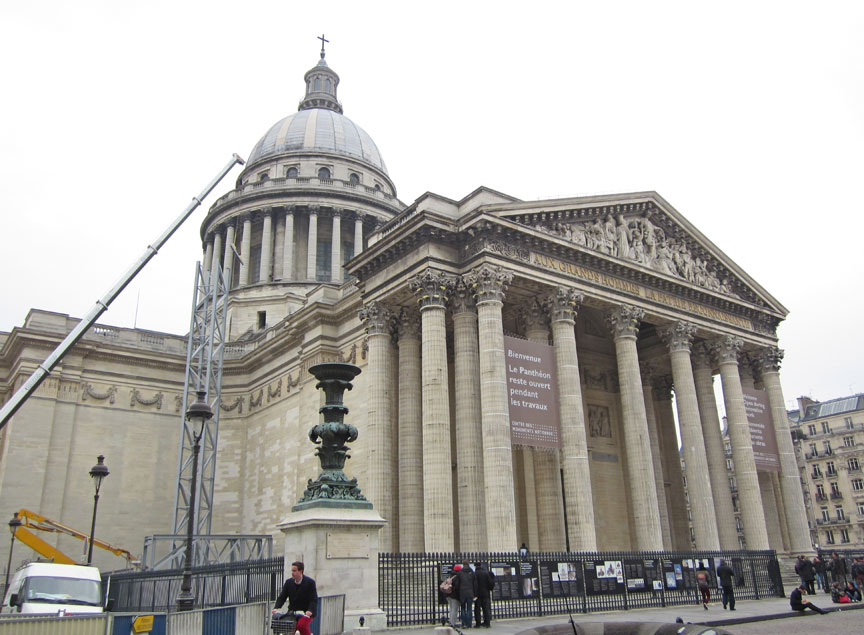
Twice since then it has reverted to being a church, only to become again a
meeting house dedicated to the great intellectuals of France.

In 1851, physicist Léon Foucault demonstrated the rotation of the earth by his
experiment conducted in the Panthéon, by constructing a 67 meter Foucault
pendulum beneath the central dome. The original sphere from the pendulum was
temporarily displayed at the Panthéon in the 1990s (starting in 1995) during
renovations at the Musée des Arts et Métiers. The original pendulum was later
returned to the Musée des Arts et Métiers, and a copy is now displayed at the
Panthéon.

From 1906 to 1922 the Panthéon was the site of Auguste Rodin's famous sculpture
The Thinker.
Text from Wikipedia


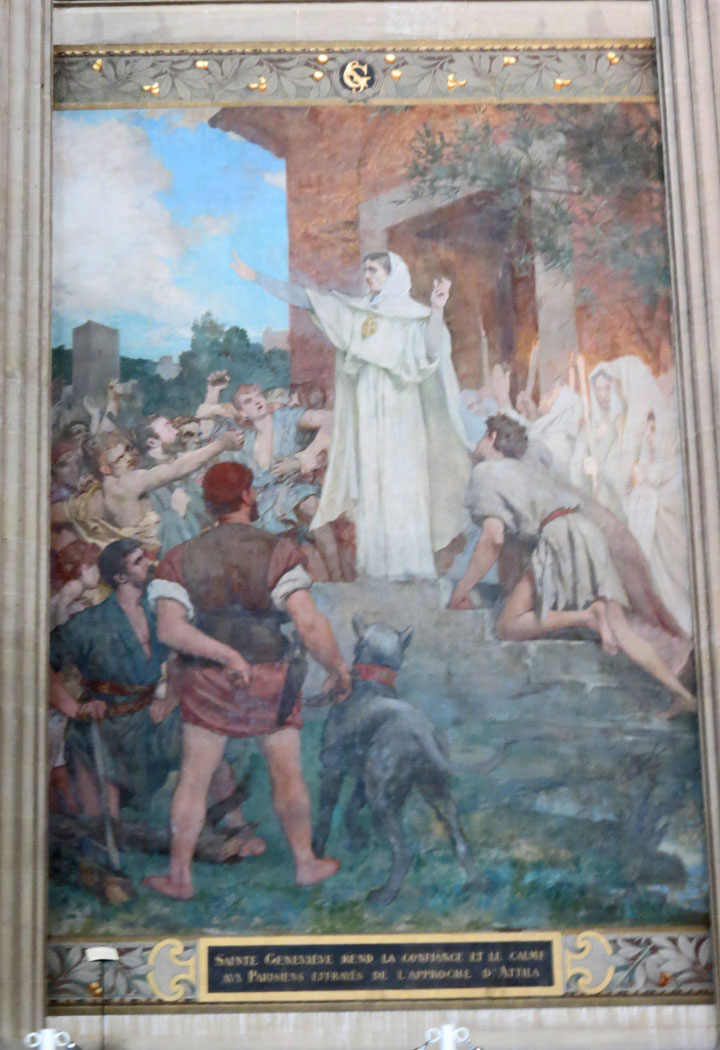
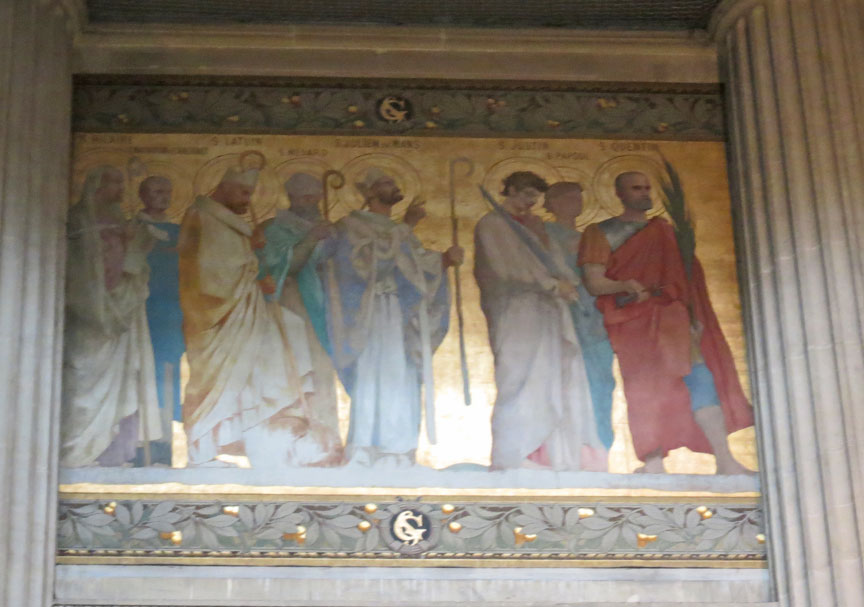
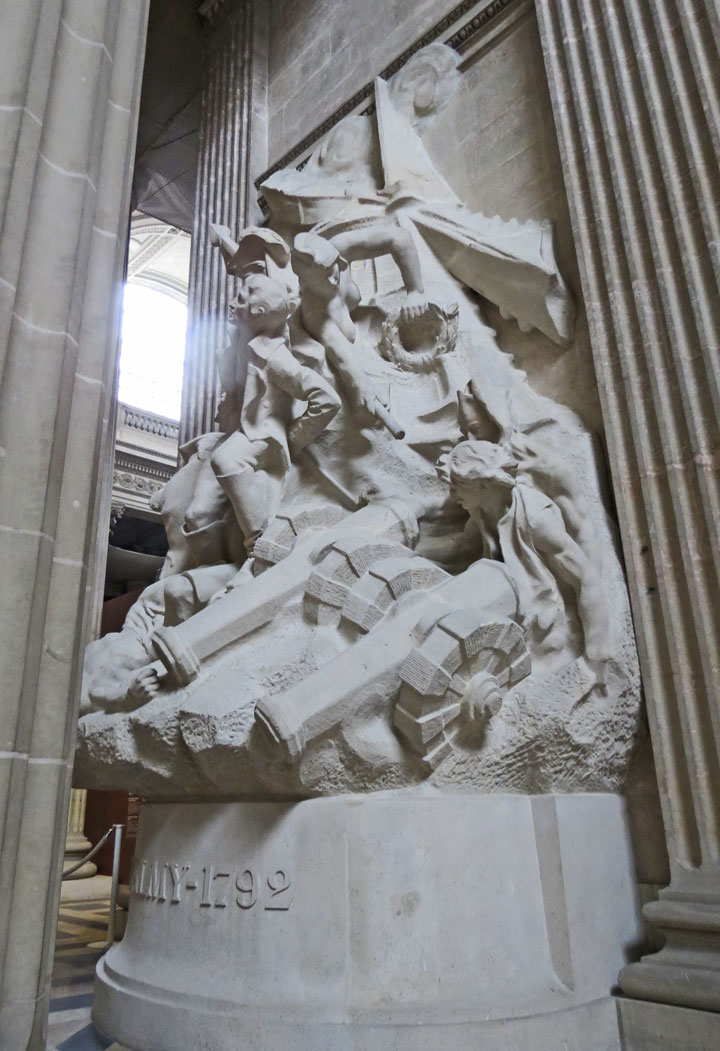


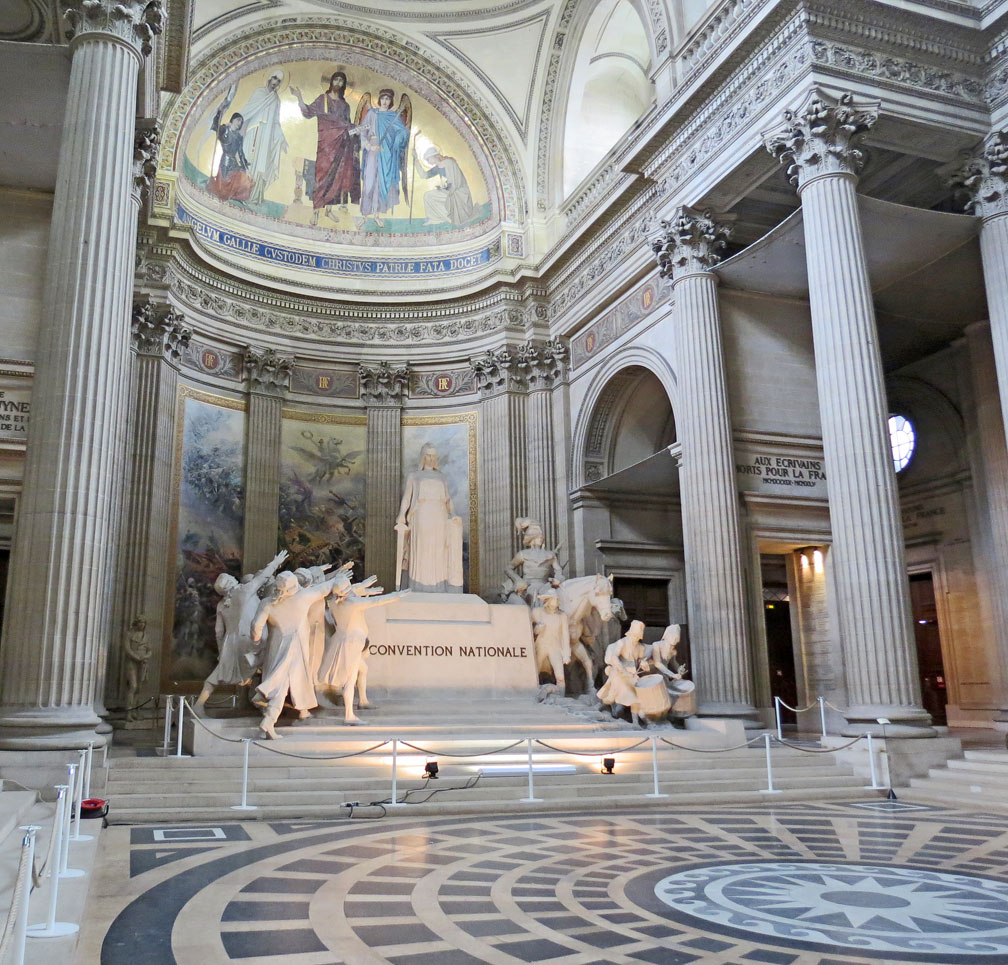
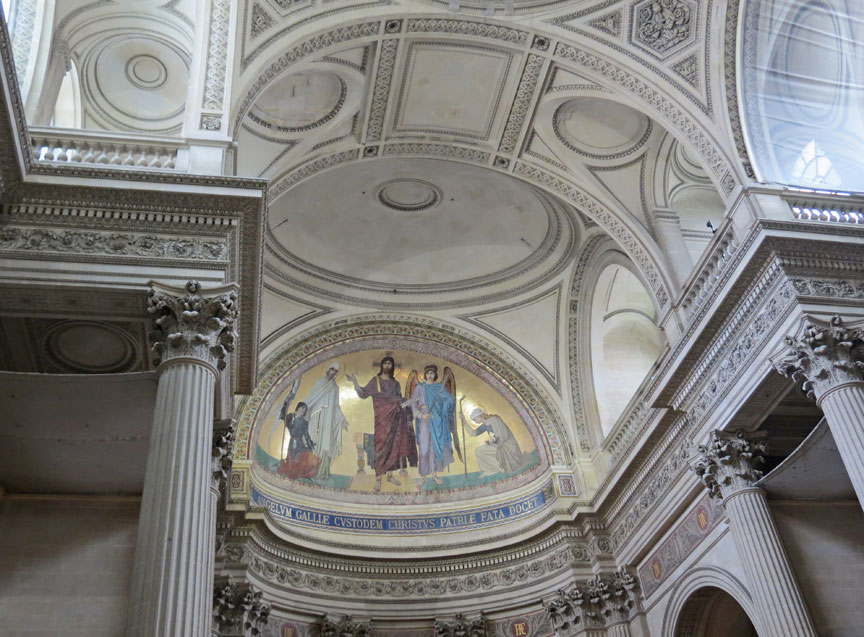


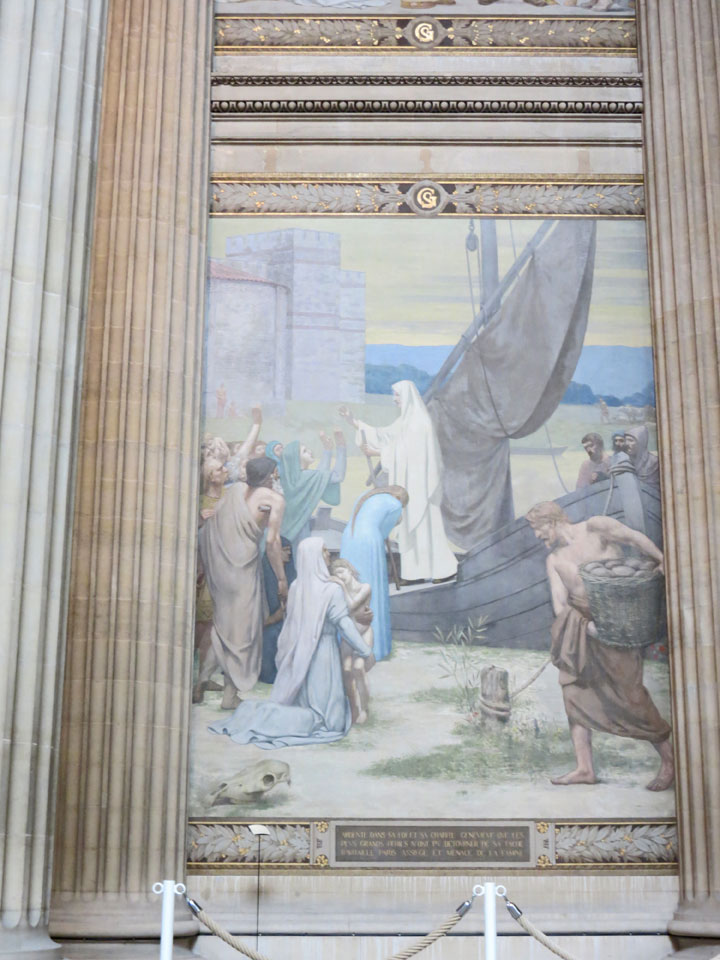
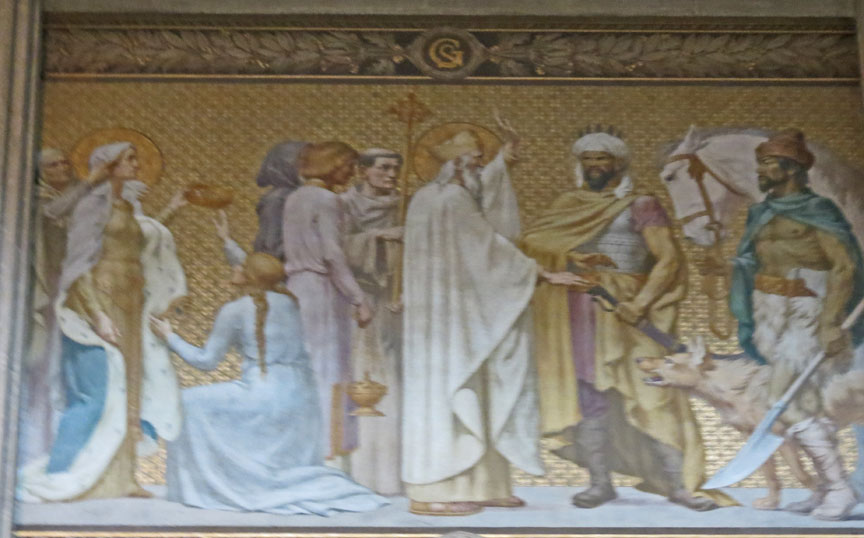
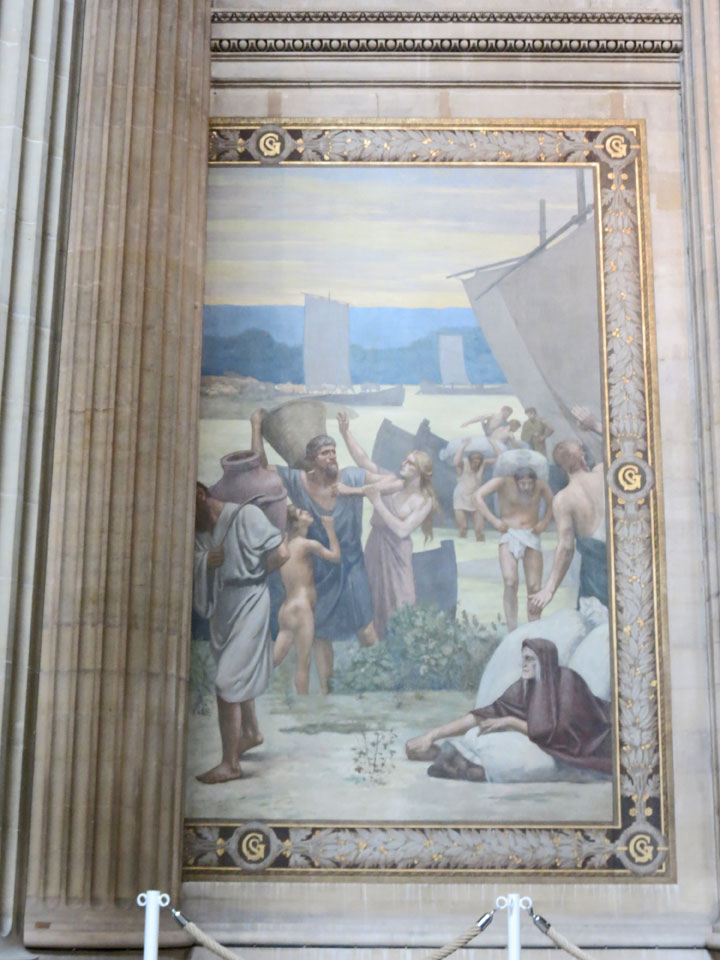
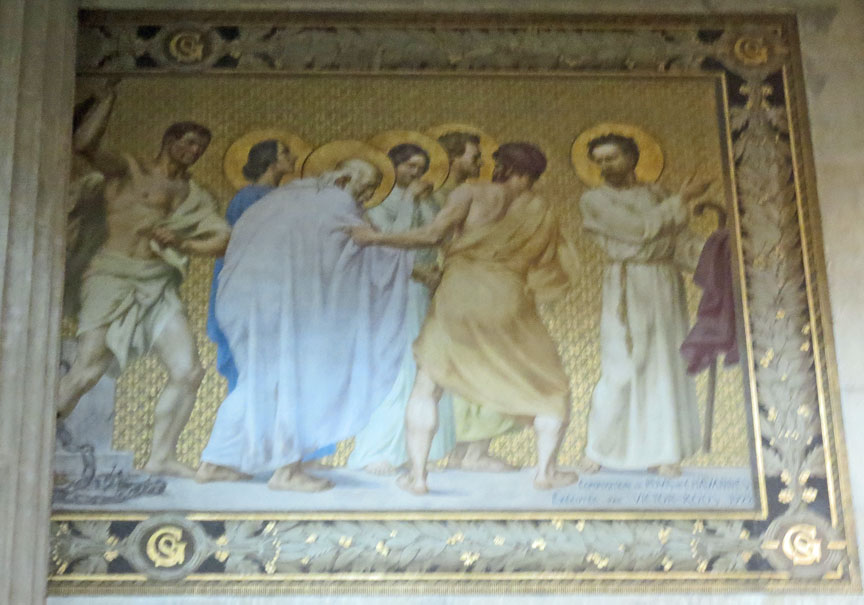
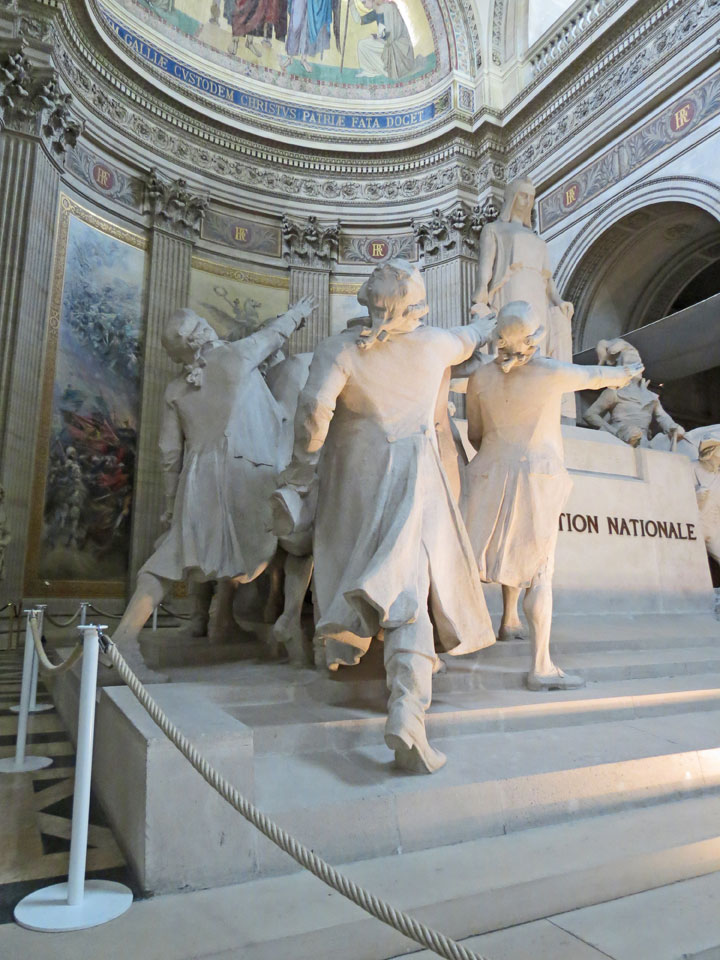
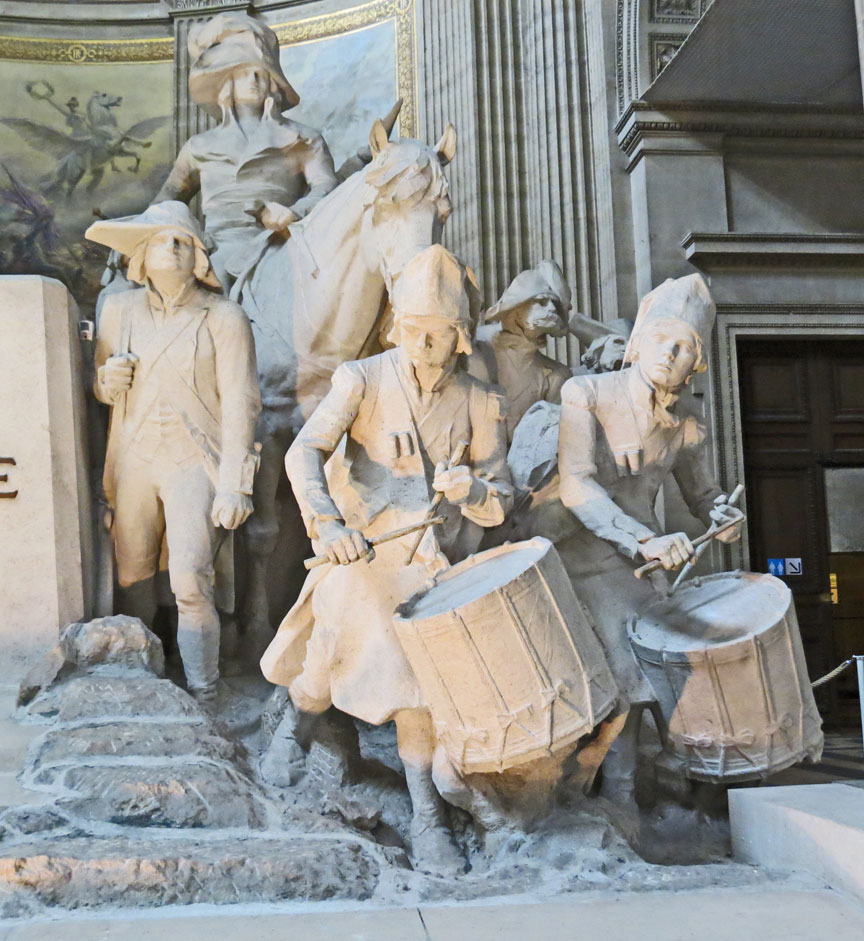
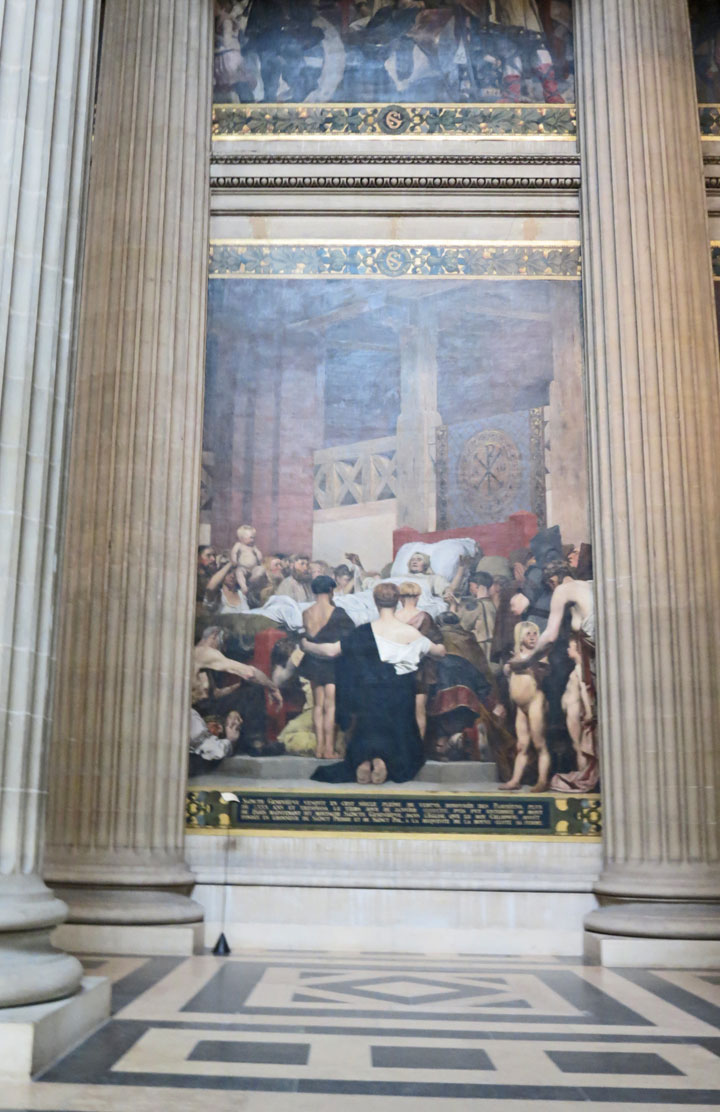
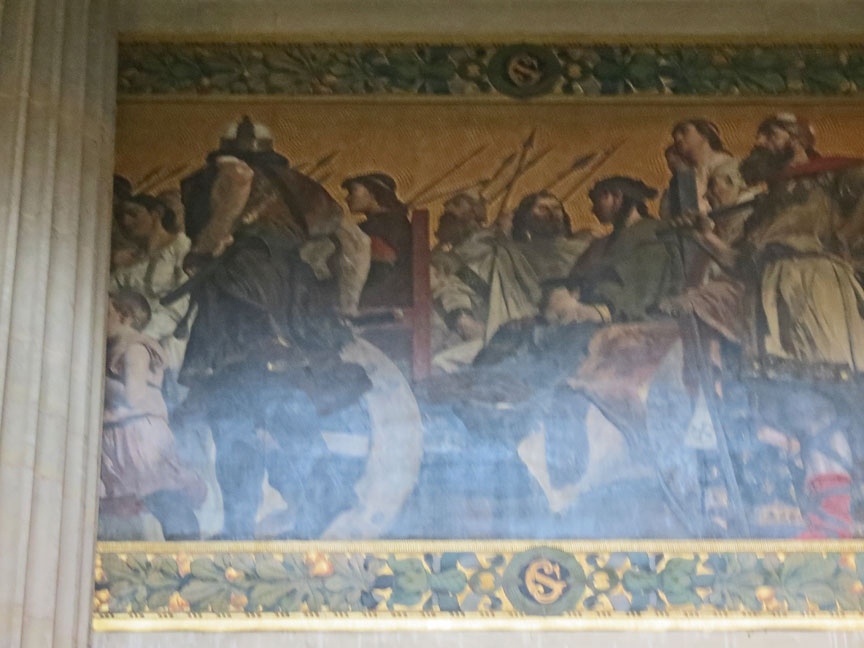
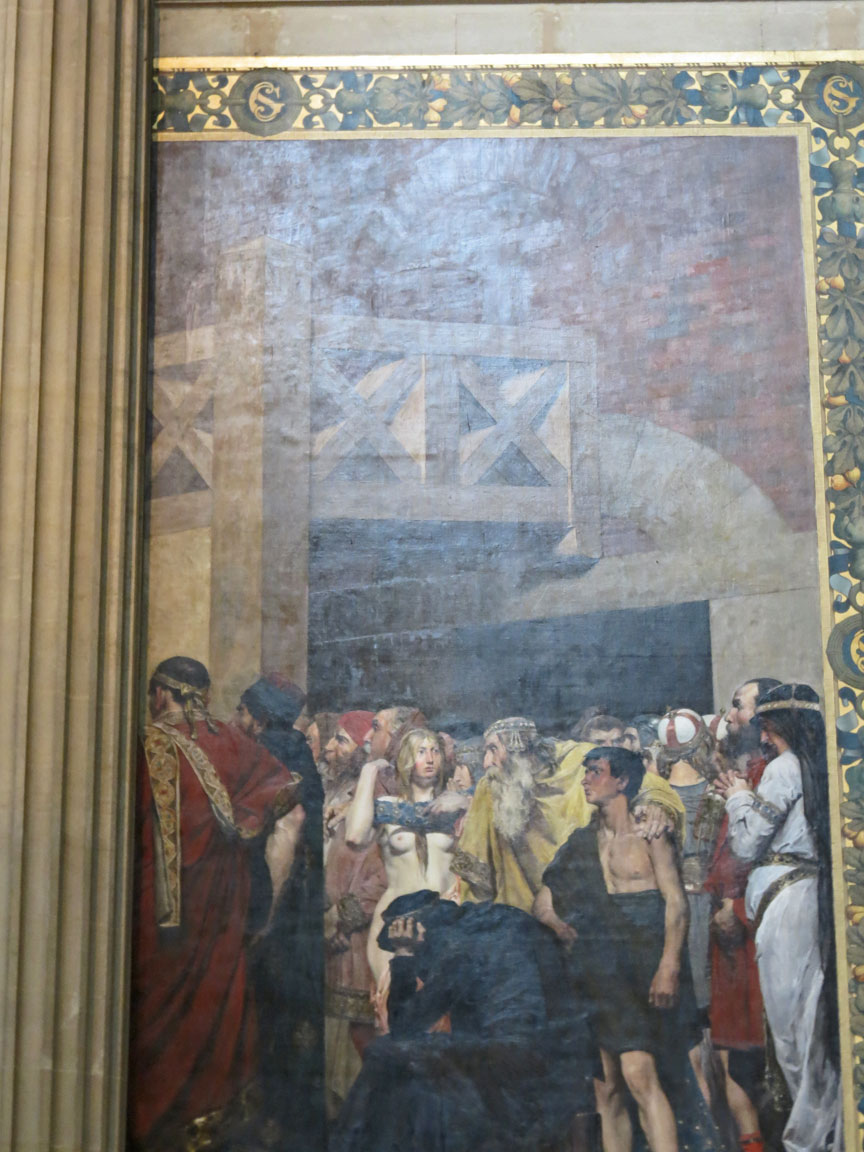
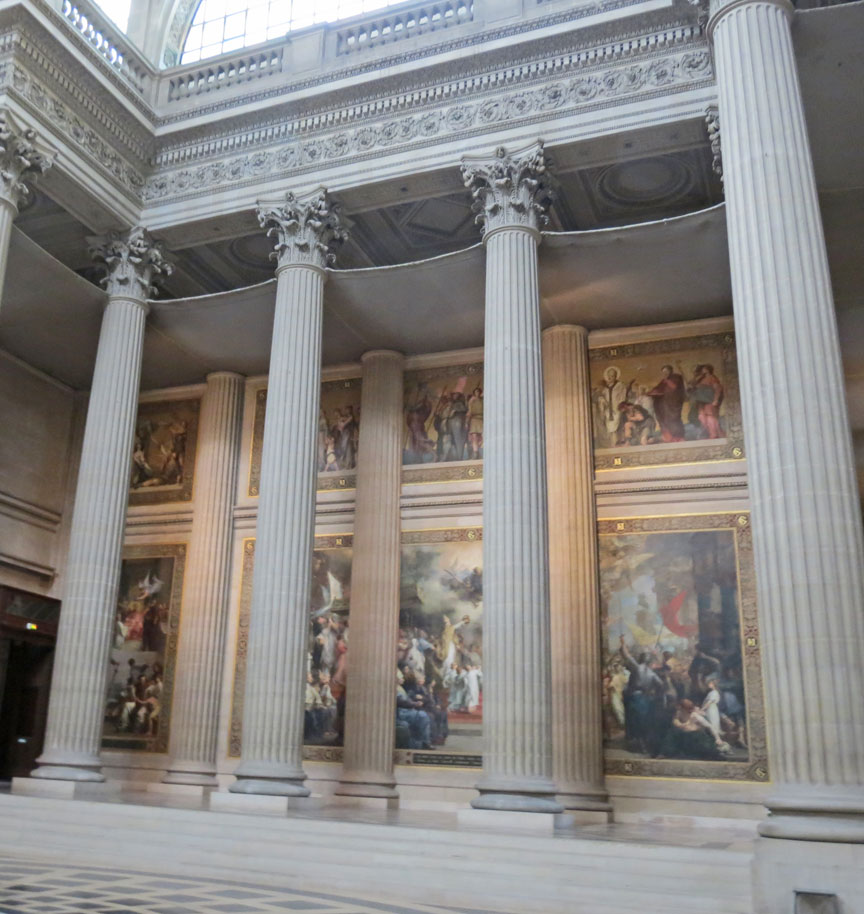
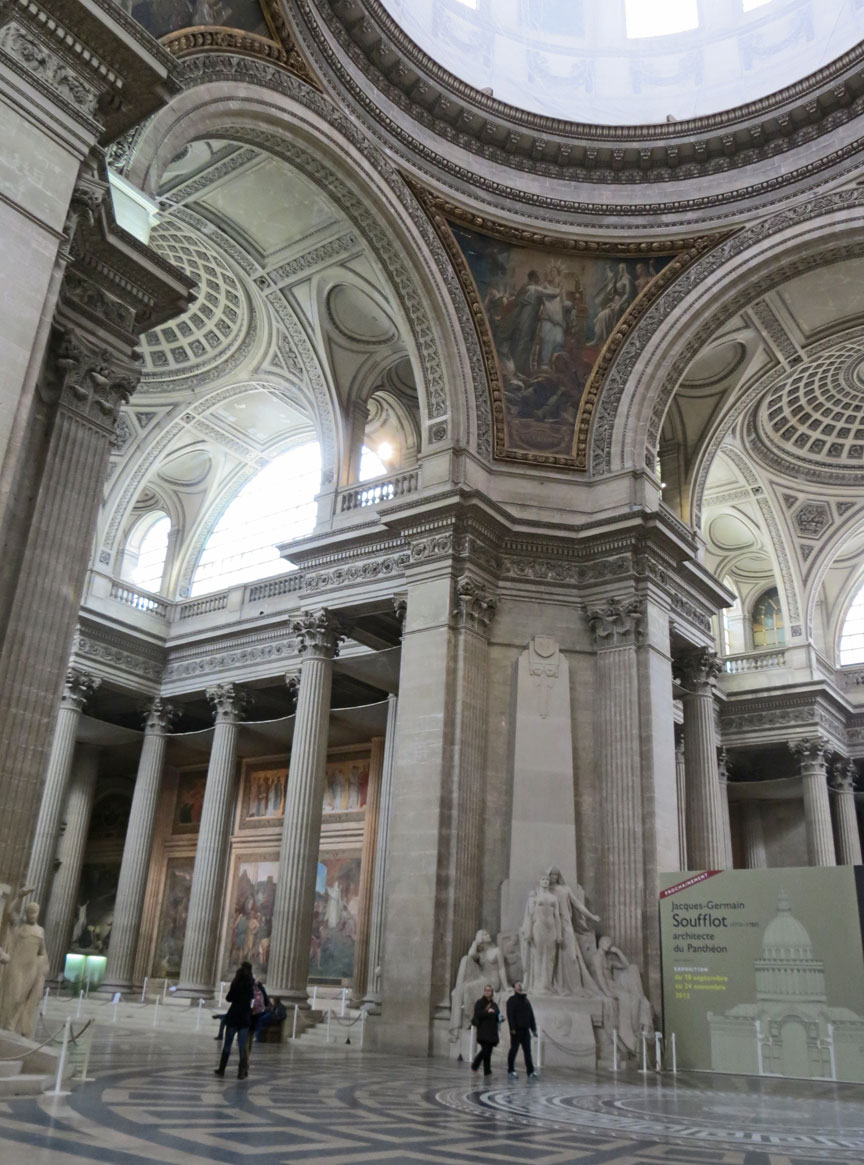
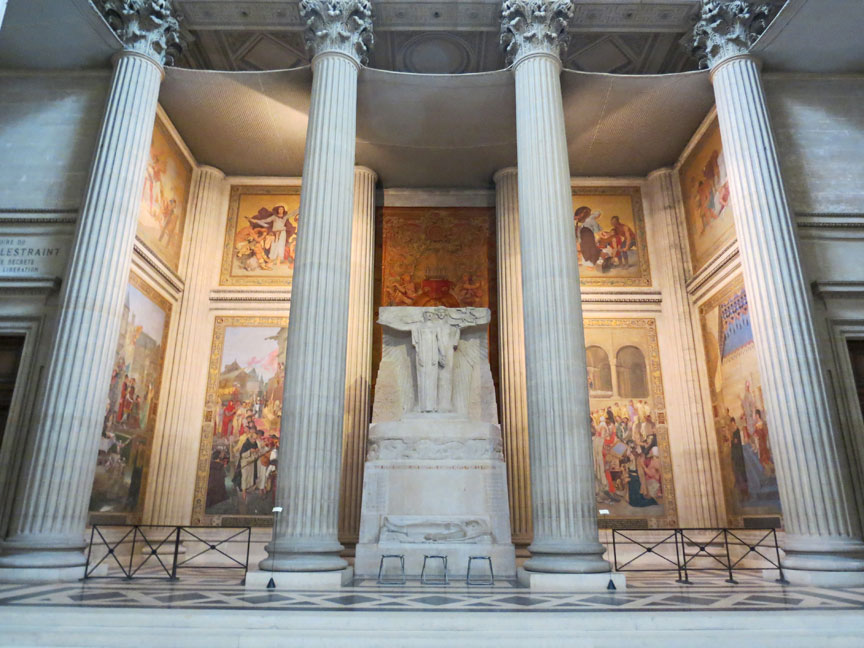
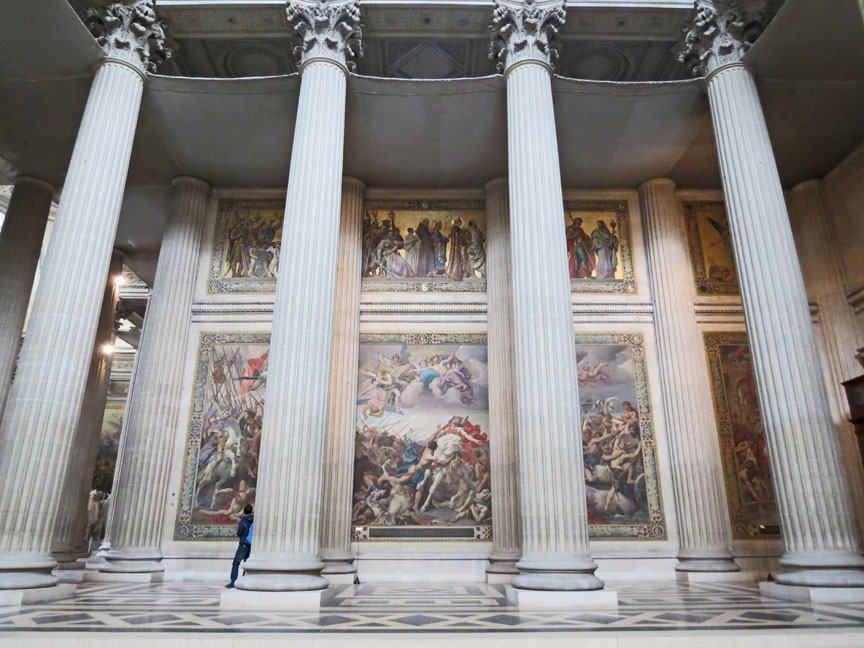
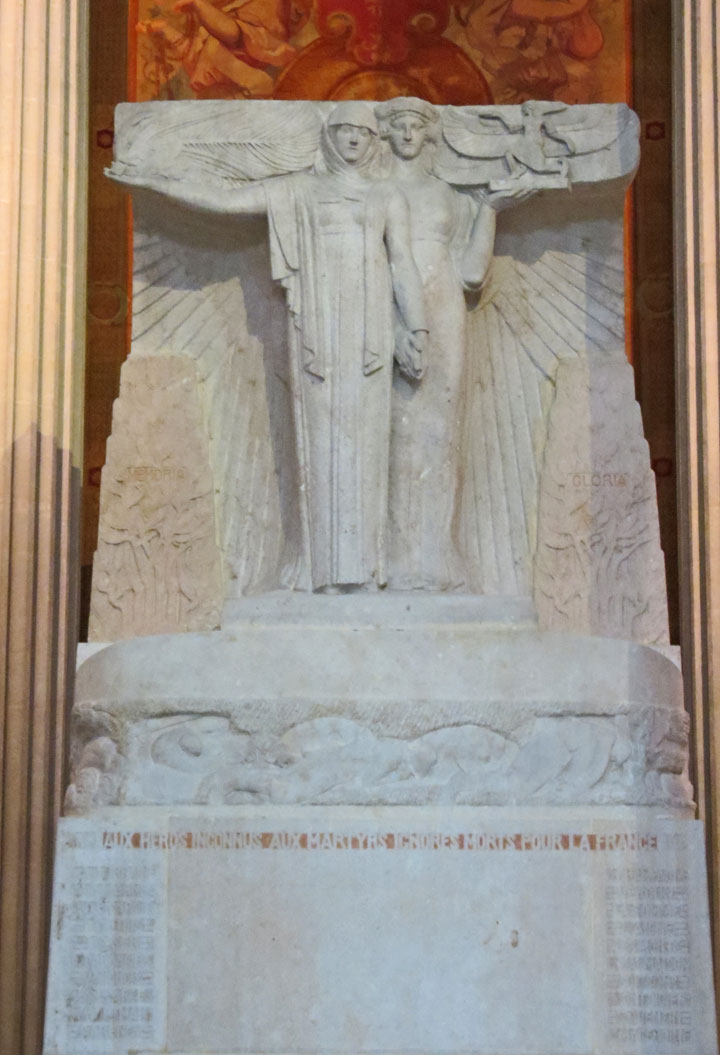
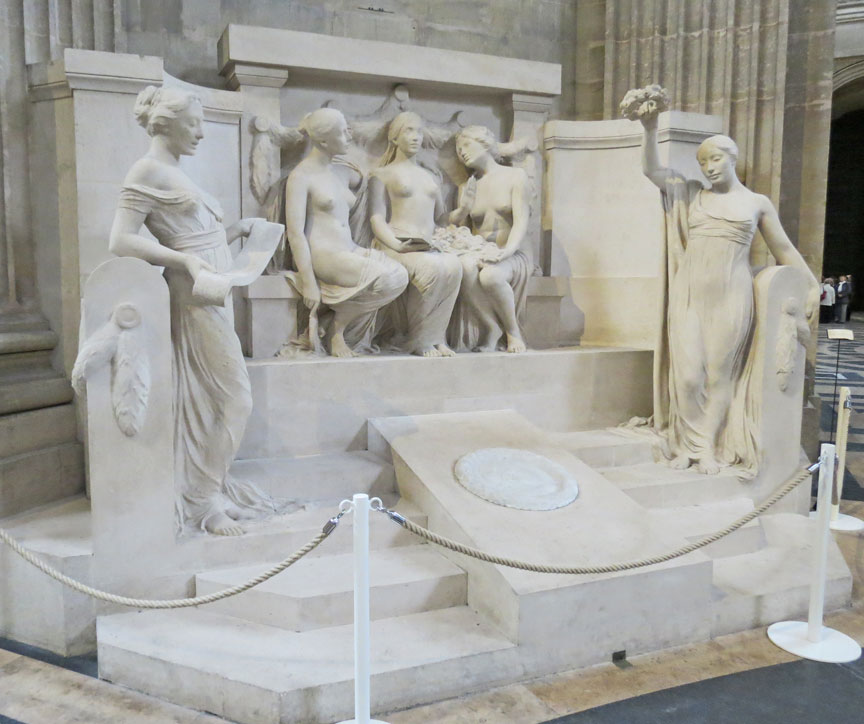

Foucault Pendulum
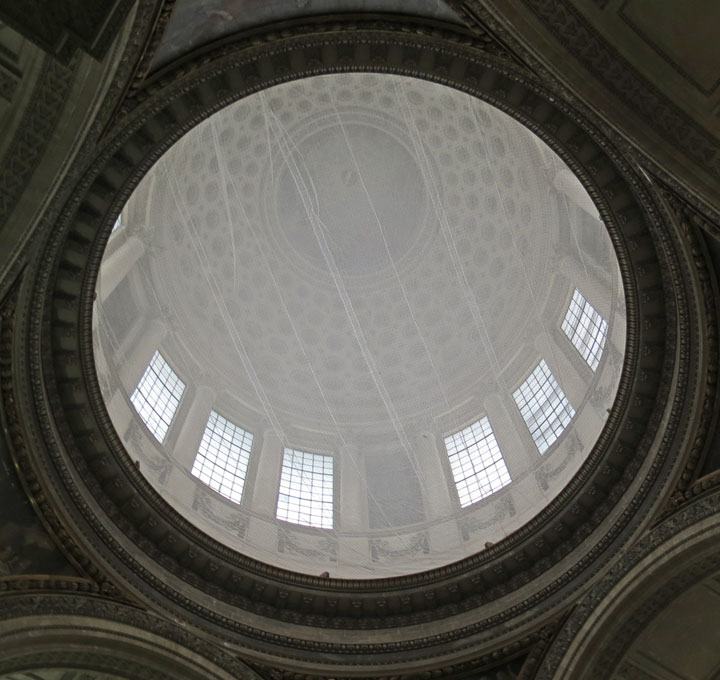
hung from the top of the dome
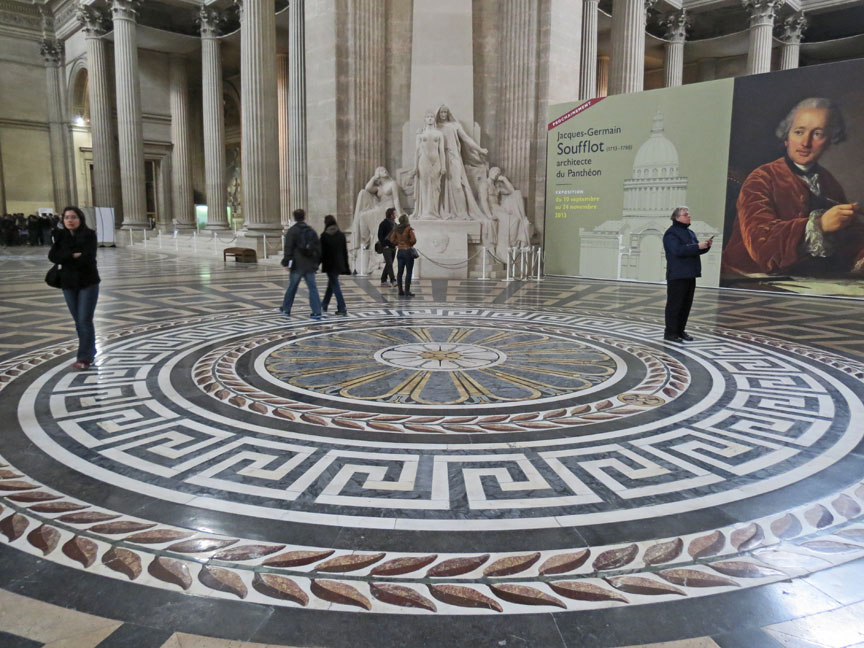
and swung on this surface
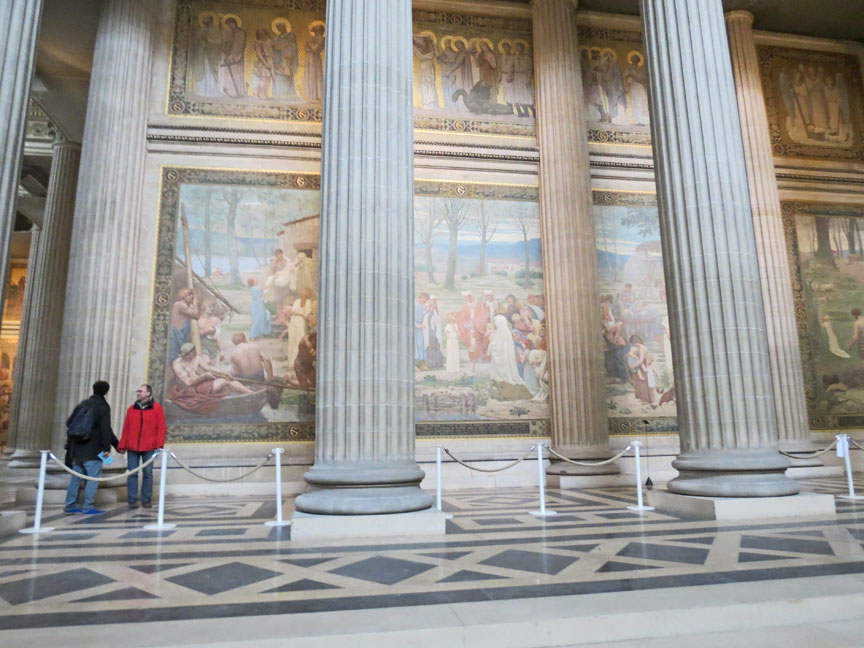

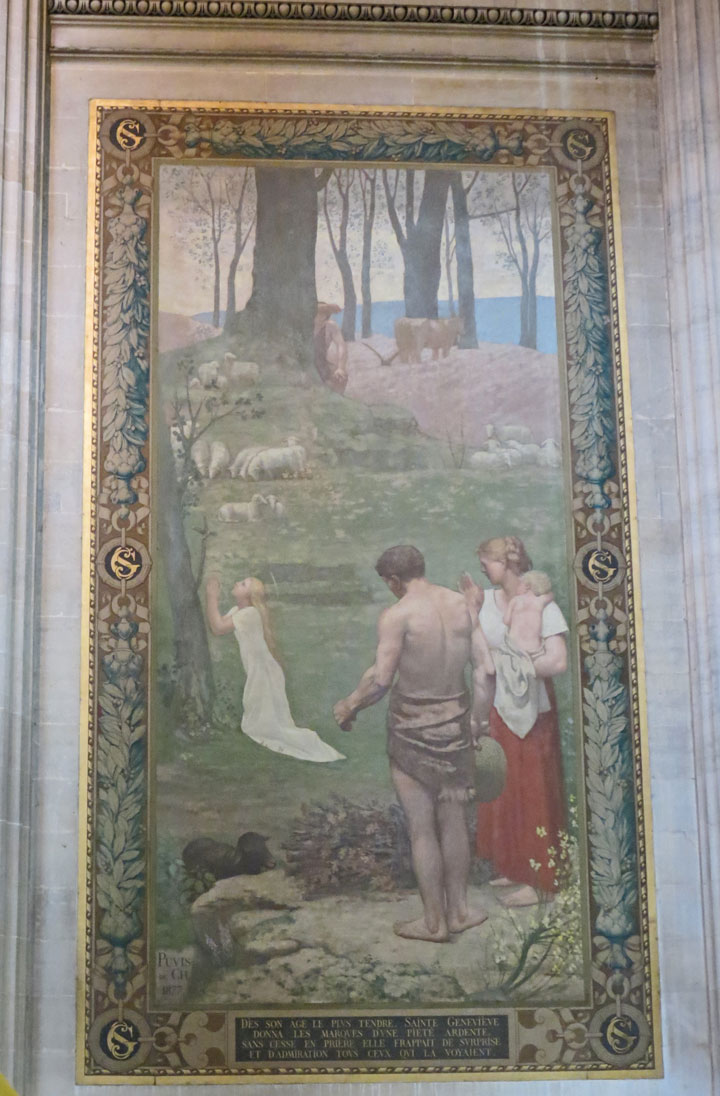
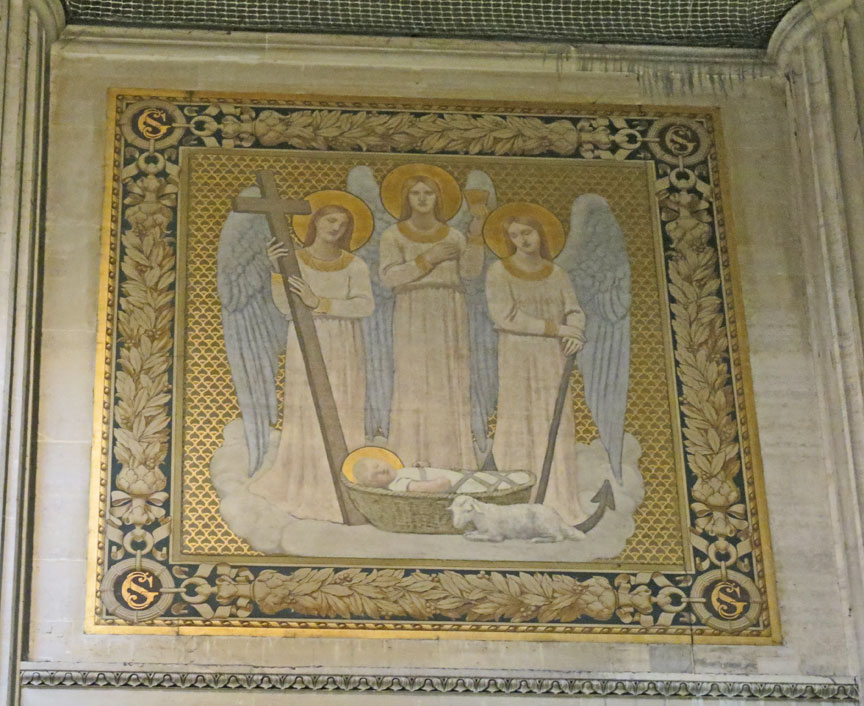
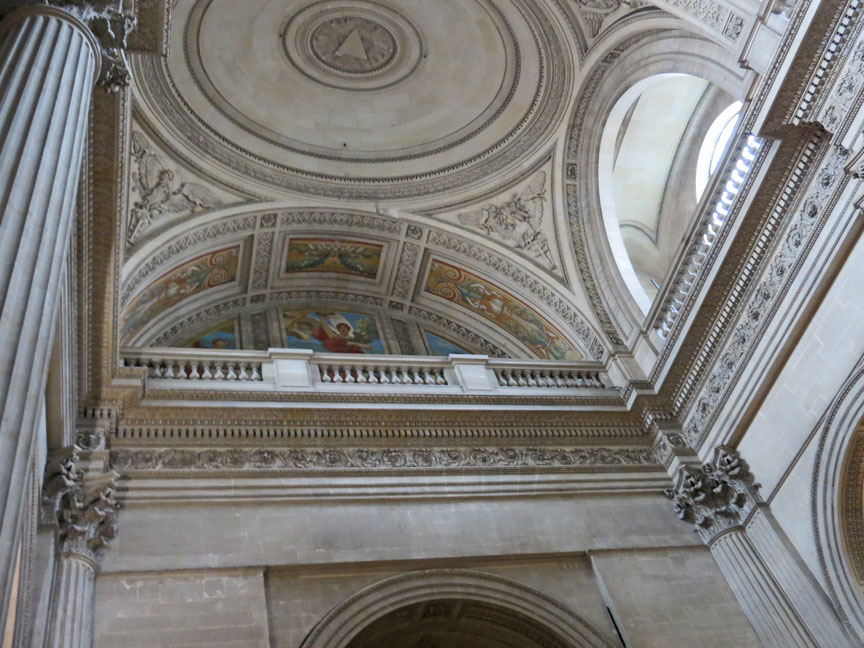
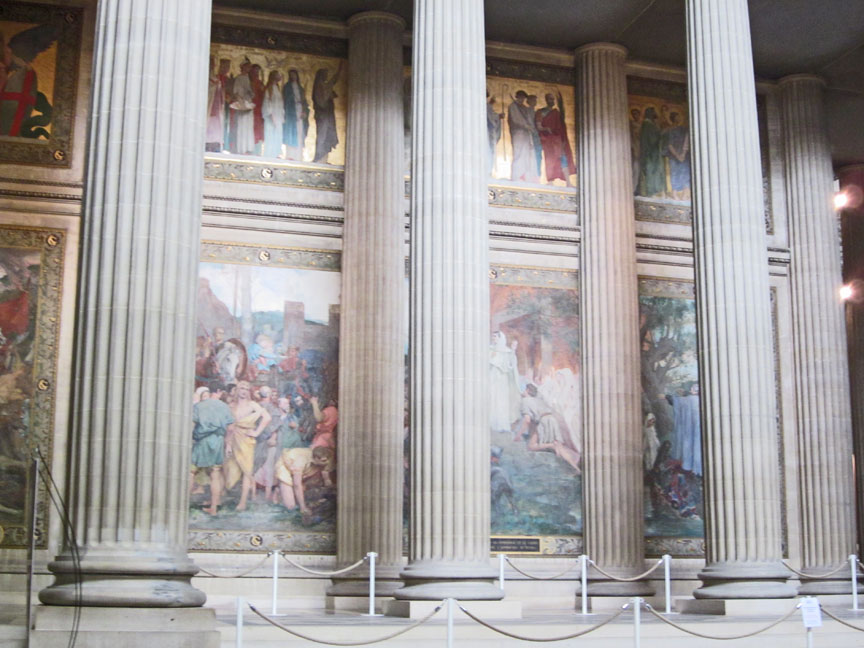
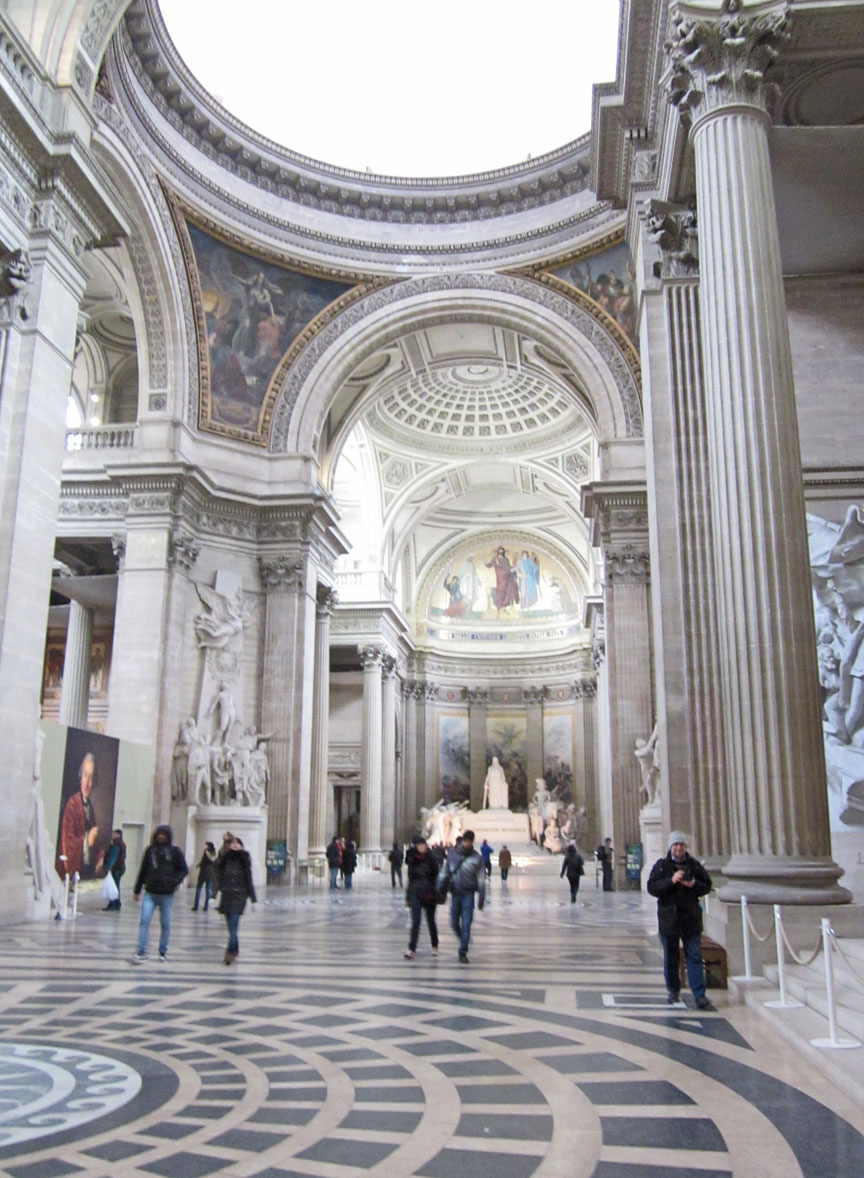
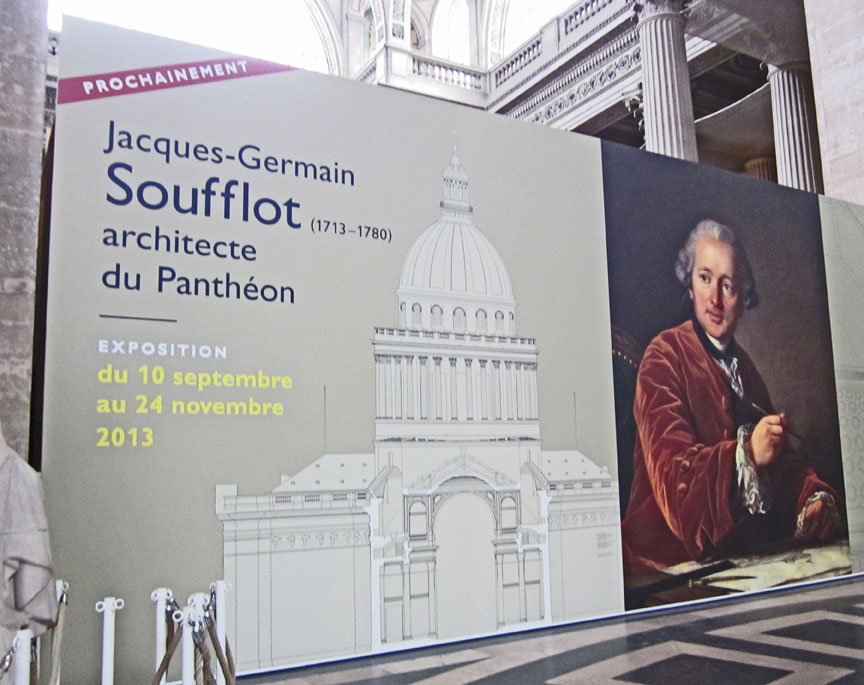
architect of the building


in the crypt
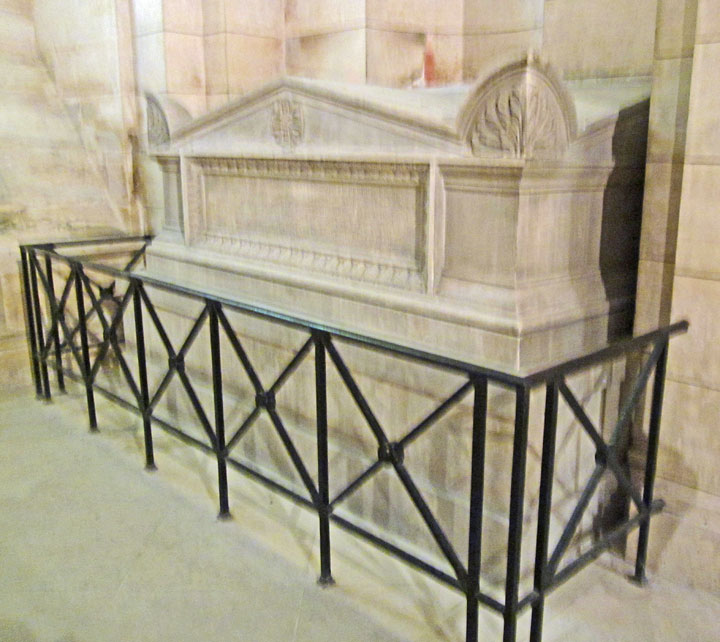
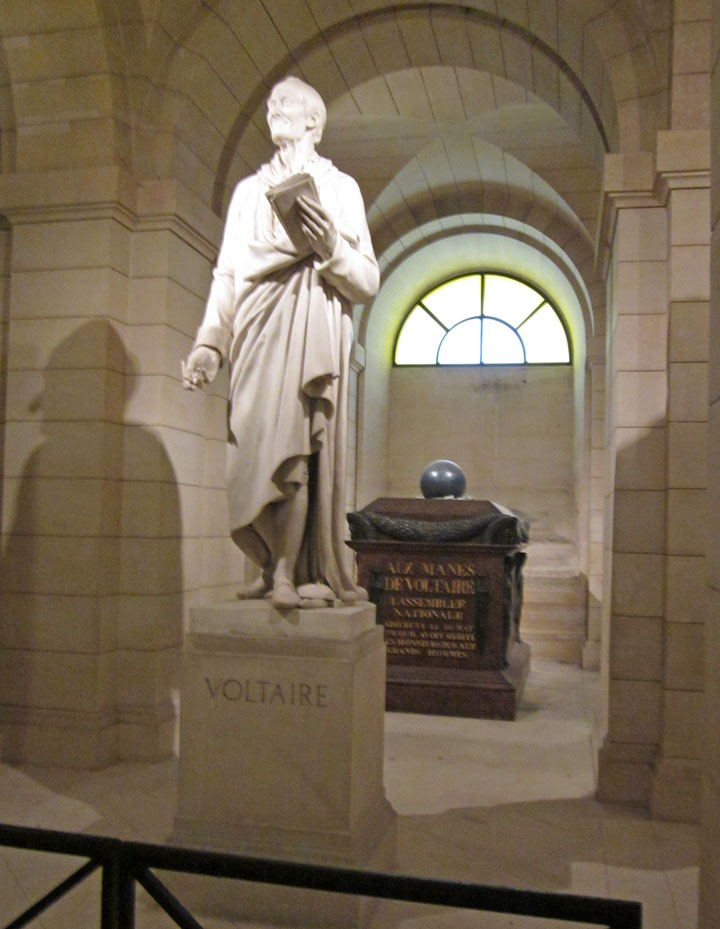
tomb of Voltaire
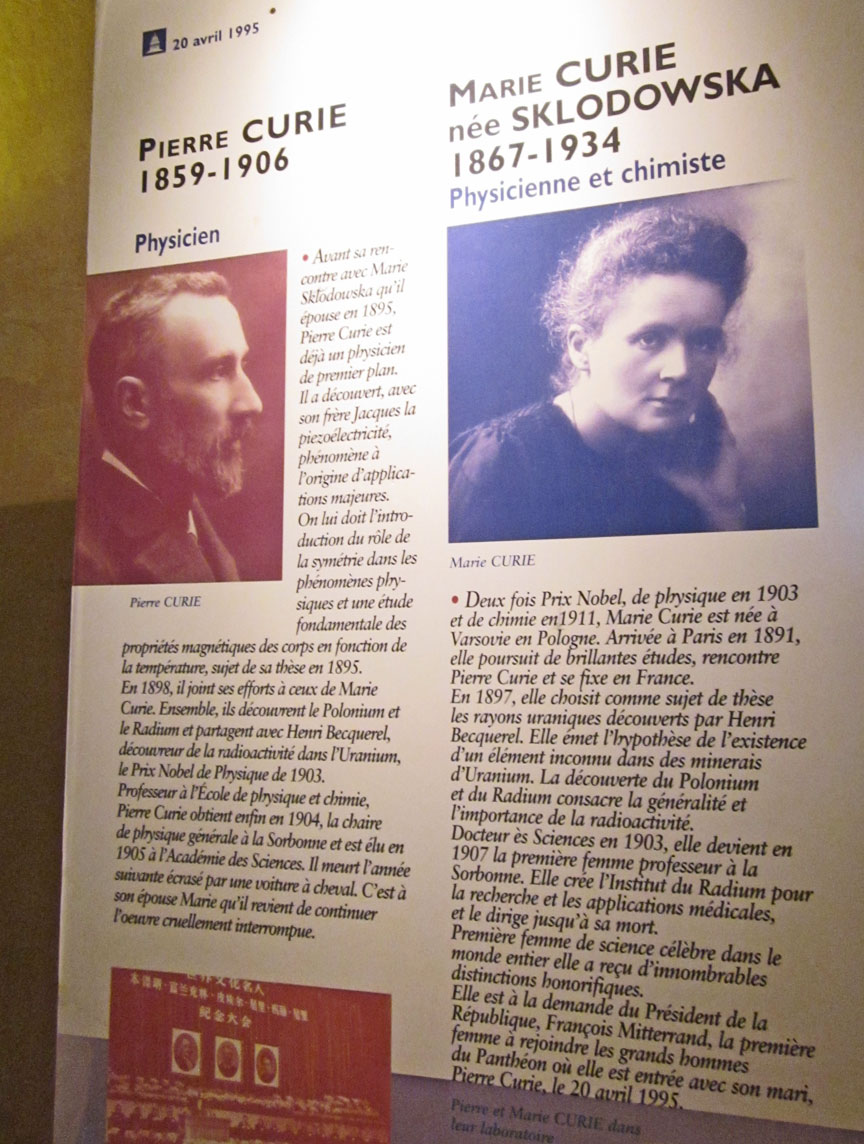

tomb of the Curies